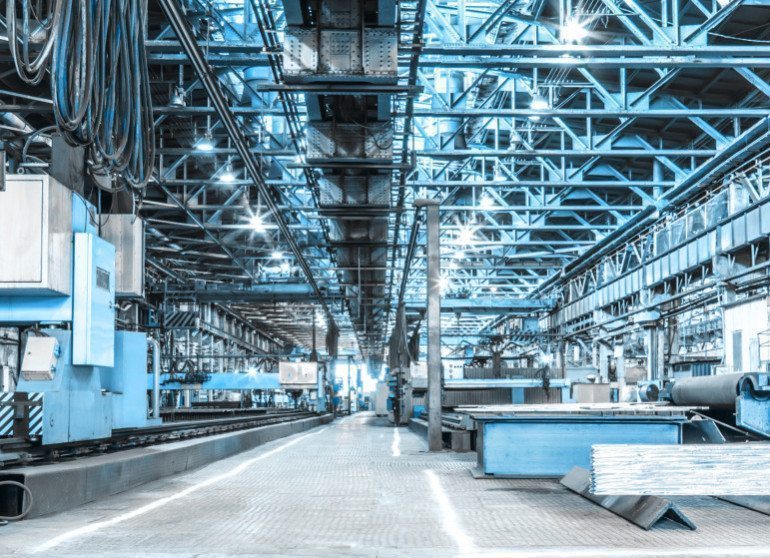Area manufacturing activity continued to improve in March as the Marquette-ISM Milwaukee-area PMI registered a 57.78, the highest reading since November 2014.

A reading above 50 indicates growth in the region’s manufacturing sector. March marked the third straight month of positive readings after nine straight down months.
“What I like is we’ve got multiple months at 50 or better,” said Doug Fisher, director of the Marquette University Center for Supply Chain Management and an assistant professor. “I like the consistency.”
The data is part of an improving picture for manufacturing, which has had mixed results in recent months. While some companies have reported record profits and revenue, those with a lot of exposure to the energy industry, commodities and emerging markets have struggled. Even for those who have been successful, the strong U.S. dollar has cut into sales figures abroad.
“To me, we’re starting to build a trend. I love to see it this early in the year as it builds to the summer and the fall,” Fisher said, adding that much of the commentary from respondents was also positive.
One respondent to the ISM survey said some companies are getting so many orders at this point that they have backlogs as large as they had in 2007.
Another respondent said the strong dollar had affected export business significantly, “but companies are starting to see that turn around again.”
Besides finding growth in the overall index, the report also found growth in new orders, production, employment, prices, order backlog, exports and imports. Supplier deliveries were described as coming faster while inventories and customer inventories were falling.
The outlook for the next six months was slightly worse than in February. The March survey found 44.4 percent of respondents expecting improving conditions, while 44.4 percent also expected things to be about the same. The change came from an increase in those expecting worse conditions. The March survey found 11.1 percent with that view, up from zero in February.
“It’s a real uneven picture,” said Buckley Brinkman, Wisconsin Center for Manufacturing and Productivity executive director and chief executive officer.
He said many manufacturers see a tough outlook for the industry as a whole, but they feel things are going well at their own company. He noted that those with exposure to oil or commodities are facing a depressed market “and will for a while.” He also said that many are struggling to fully understand the Chinese economy and where it is headed.
“Things are uneven,” Brinkman said. “The volatility, I think, is the new normal. You can have a very strong order book one quarter and have crickets the next.”
Wisconsin’s manufacturing sector received more good news Thursday from the Midwest Economy Index released by the Federal Reserve Bank of Chicago. The index uses a reading of zero to indicate the economy is expanding at historical rates.
The index showed Wisconsin at 0.01 for manufacturing. The state was one of two in the region where the manufacturing sector was growing ahead of historical trends; Michigan (0.04) was the other. Illinois (-0.07), Indiana (0) and Iowa (-0.07) were at or below historical trends, along with the region as a whole (-0.12).
The relative MEI, which compares the region’s growth to the nation as a whole, provided a better picture, with the five states coming in at 0.05. Wisconsin was at 0.03.
The positive reports, however, don’t entirely square with recent job figures for the manufacturing industry. Data released last week estimated that Wisconsin lost 1,700 manufacturing jobs in February.
The state has 469,000 workers in the industry, roughly the same amount it had in February 2015, according to the Current Employment Statistics figures released by the Bureau of Labor Statistics. While the data aren’t as accurate as the Quarterly Census of Employment and Wages, they do suggest the state added almost 38,000 jobs during that period.
The Marquette ISM survey showed employment growth for both white collar and blue collar workers and has been trending in a positive direction in recent months. Fisher said the lagging manufacturing job numbers are a product of the Great Recession. He said many companies learned a lesson about growing too quickly during the period leading up to the downturn.
“In that sense, they’re going to be as cautious as they can adding production,” he said. “I think it’s a healthy cautious.”



